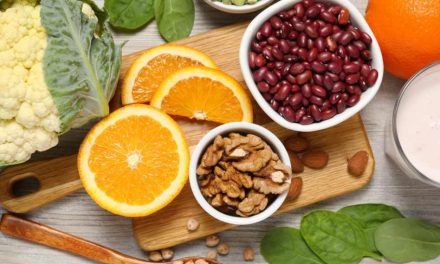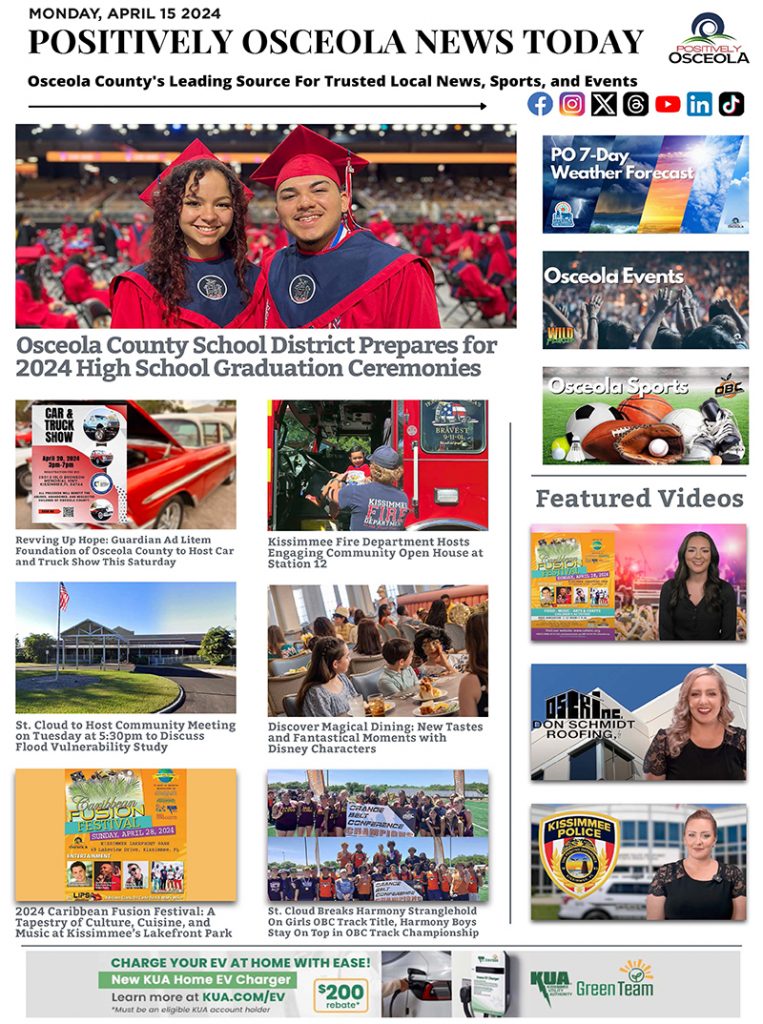Imran S. Farooq, MD, MSHA, FACC, FSCAI, RPVI
Interventional Cardiology
Orlando Health
Regular physical activity strengthens your muscles and joints, and it’s also key for heart health. Exercise helps your heart more efficiently pump blood and circulate oxygen, lowering your risk of cardiovascular conditions like heart failure and heart disease.
If you’re in good shape, high-intensity activities such as hiking, biking and running can give your heart health a big boost. So get ready to lace up your sneakers, fill your tires or hit the trails.
Here are tips to safely make the most of your workout.
Hiking: Hitting the Trails Helps Your Heart
Hiking forces your heart to pump harder, particularly when you choose a route with an uneven trail or incline. The increased blood flow is essential to circulate nutrients and oxygen-rich blood to your muscles, especially your legs. There are mental health benefits, too. Hiking lowers your stress levels and improves your mental health, which is connected to heart health. Research shows that stress raises your blood pressure, increasing the risk of hypertension.
How to get the most from your hike: Join a hiking club or hike with a few friends to stay motivated. If you’re hiking a trail with a higher elevation, the more difficult it will be. As the altitude increases, your heart will pump blood harder to balance the decreased air pressure. If you’re just starting out, tackle shorter, gradual incline trails first.
Biking: Cycling Tops for Cardio Health
Biking is a lower-impact exercise that also can help you condition your heart. Many athletes who bike have lower resting heart rates. This means your heart is working optimally, since a lower resting rate means more blood is pumped with every contraction, maintaining an efficient heartbeat.
Biking can also lower your risk of heart disease, especially when performed outside on varying terrain, which gives you both high- and low-intensity exercise.
How to get the most from your ride: Try to bike outdoors if possible as it stimulates your heart muscle more effectively. Try interval training: Alternate between two paces; a slower warm-up pace and then a higher effort pace. Multiple studies found that high-intensity interval training (HIIT) significantly reduces total abdominal fat, including dangerous visceral belly fat, more effectively than lower-intensity exercise.
Running: Pounding the Pavement Gets Blood Pumping
If you run outside, the varying terrain challenges your cardiovascular system, pumps a higher volume of blood to and from your heart, strengthening it and circulating more oxygen throughout your body. The increased blood flow and surge of endorphins is what gives you the “runner’s high.”
How to get the most from your run: Condition yourself by following a running plan such as Couch to 5K and work your way up to running longer distances. Running with a friend keeps you accountable and safe. Plus, it’s just more fun.
The Heart of the Matter
While these exercises offer health benefits, it’s important to consider safety first.
If you’ve never performed any of high intensity exercises before, ease into them so you don’t injure yourself. Exerting yourself too much and too quickly could strain your heart, meaning potentially serious consequences, including a heart attack.
Talk to your primary care physician or a cardiologist before starting any exercise program to ensure you’re physically fit enough for these challenging activities. A cardiologist may perform an EKG or stress test to make sure your heart is already healthy enough step up your workout routine.


















